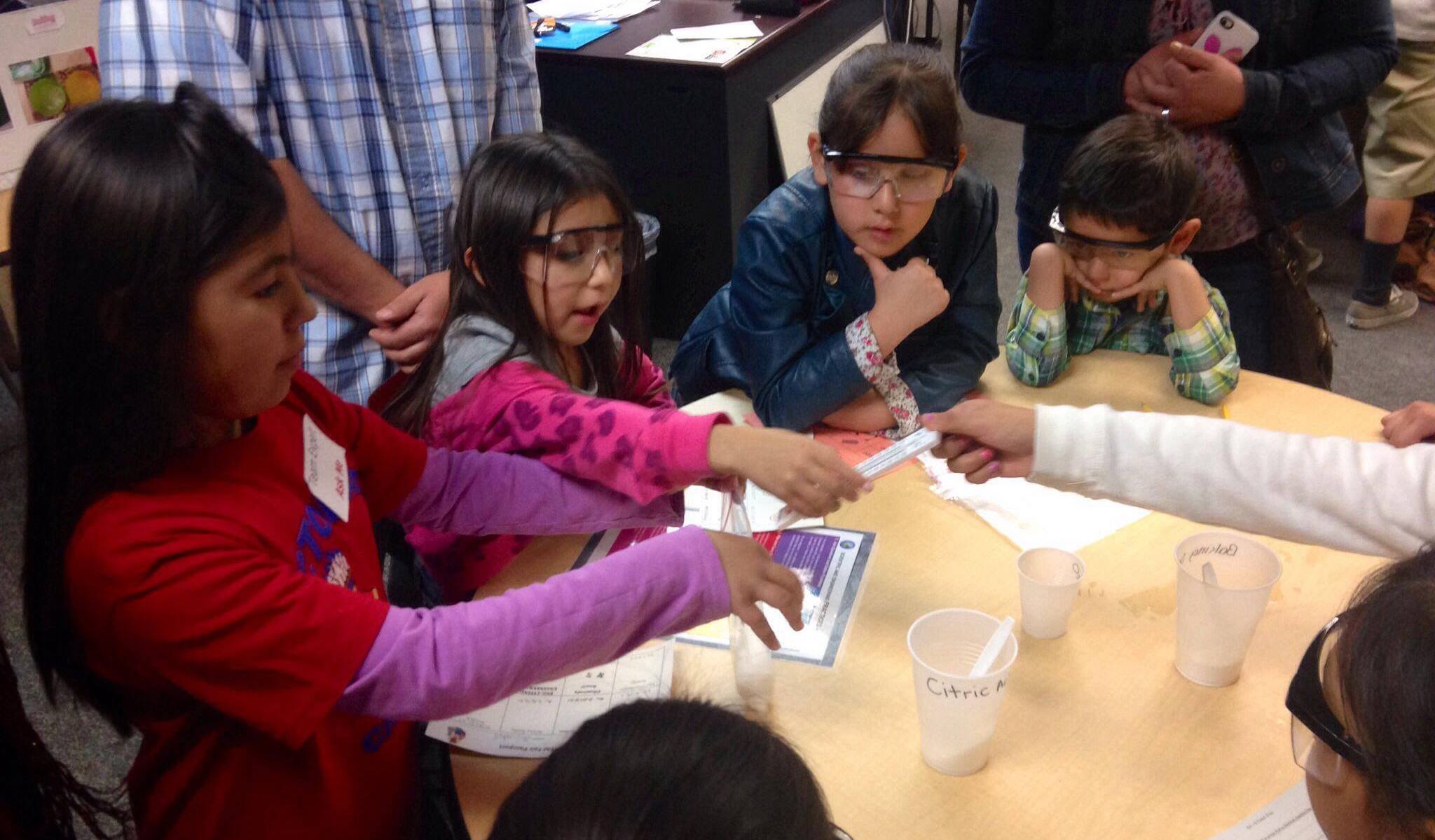
-
Solutions
-
By District Priority
-
-
Products
-

AI Perceptions and Readiness Survey
Understand stakeholder priorities, familiarity, and readiness to use AI in schools.
-
Resources
-
Featured Resource

Panoramic 2026 Virtual Summit
Discover how educators and leaders are putting purpose behind AI to drive real improvements in attendance, literacy, and student supports.
-
Find Your State
-
-
Alabama
-
Alaska
-
Arizona
-
Arkansas
-
California
-
Colorado
-
Connecticut
-
Delaware
-
Florida
-
Georgia
-
Hawaii
-
Idaho
-
Illinois
-
Indiana
-
Iowa
-
Kansas
-
Kentucky
-
Louisiana
-
Maine
-
Maryland
-
Massachusetts
-
Michigan
-
Minnesota
-
Mississippi
-
Missouri
-
Montana
-
Nebraska
-
Nevada
-
New Hampshire
-
New Jersey
-
New Mexico
-
New York
-
North Carolina
-
North Dakota
-
Ohio
-
Oklahoma
-
Oregon
-
Pennsylvania
-
Rhode Island
-
South Carolina
-
South Dakota
-
Tennessee
-
Texas
-
Utah
-
Vermont
-
Virginia
-
Washington
-
West Virginia
-
Wisconsin
-
Wyoming
-
-
-
About Us
-
Impact
-
Get in Touch
-
California
A Powerful Technology Platform to Support California Students
Join the California school districts that are using Panorama's tools to support student success.
Align to CDE guidance for LCAP and CA MTSS
Simplify graduation tracking with automation
Move from measurement to action
Powering school improvement in California school districts.
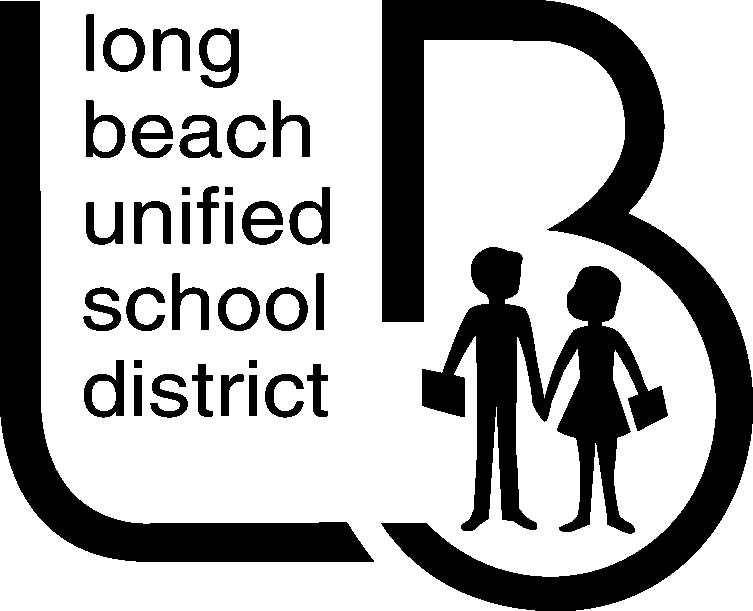
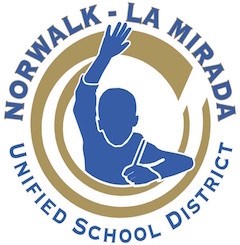
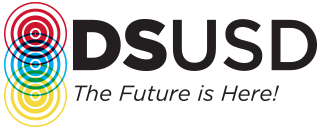
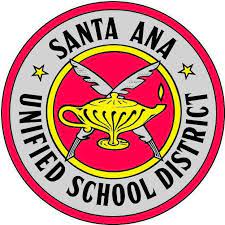
See how Panorama aligns to CDE guidance to support California Districts
Featured Resource
LCAP Alignment Guide
Collect feedback from students and families to drive strategic planning around school climate and culture. Learn about how Panorama reporting supports LCAP development in California.
Download the LCAP Alignment Guide
Collect feedback from students and families to drive strategic planning around school climate and culture. Learn about how Panorama reporting supports LCAP development in California.


CDE Guidance
Local Control and Accountability Plan (LCAP)
Engage students, staff, parents, and community members with community surveys to measure and report progress towards your LCAP goals.

CDE Guidance
California MTSS Framework
Discover how Panorama aligns academic, behavioral, life skills, and mental health supports in a fully integrated support system for the benefit of all students.

CDE Guidance
LCAP Priority 3 (Parental Involvement and Family Engagement)
Develop strong family-school partnerships that are critical in promoting improved student outcomes. Address Priority 3 within your local control and accountability plan (LCAP), by measuring progress towards this local indicator.

CDE Guidance
California MTSS Framework
Provide inclusive behavior instruction, universal behavior supports, and interventions to encourage positive behavior.

Hear from California Partners
“Our partnership with Panorama has been great and always well-supported. Our questions and our next steps have always been very collaboratively done.”
Jim Feffer
Director of Assessment and Data Analysis, Palm Springs Unified School District (CA)
“MTSS is a culture of supporting all students. It doesn't matter if the student has a label. If a student needs a support or a service, we need to deliver it as quickly as possible. Having Panorama is the first time we've had concrete data in order to provide supports for all students.”
Jessica Warren
Teacher on Special Assignment for MTSS
Rowena Mak, Saddleback Valley Unified (CA)
Dr. Eboni Kemp, Rialto Unified School District (CA)
CALIFORNIA GRADUATION REQUIREMENTS
Automated Monitoring for On-Time Graduation
High school graduation pathways can be complex in California. They include a state-mandated set of courses, additional requirements defined by local education agencies (LEAs), a Career Technical Education option, and more. For a counselor with an average caseload of 400 students, manually tracking these requirements can negatively impact graduation due to missed transcript errors, scheduling mistakes, and pathway misalignment. Panorama Pathways automates credit tracking so California counselors can worry less about making a mistake and have more time working directly with students. And district leaders can be sure that they have the best system to satisfy all requirements and deliver positive results to their community.
Proud member of the Student Data Privacy Consortium
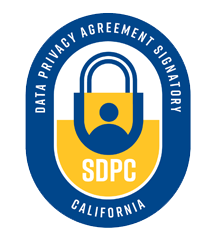
Resources for our California School & District Leaders
Ready to bring Panorama to your school or district?
Join thousands of California educators that trust Panorama to support every student


